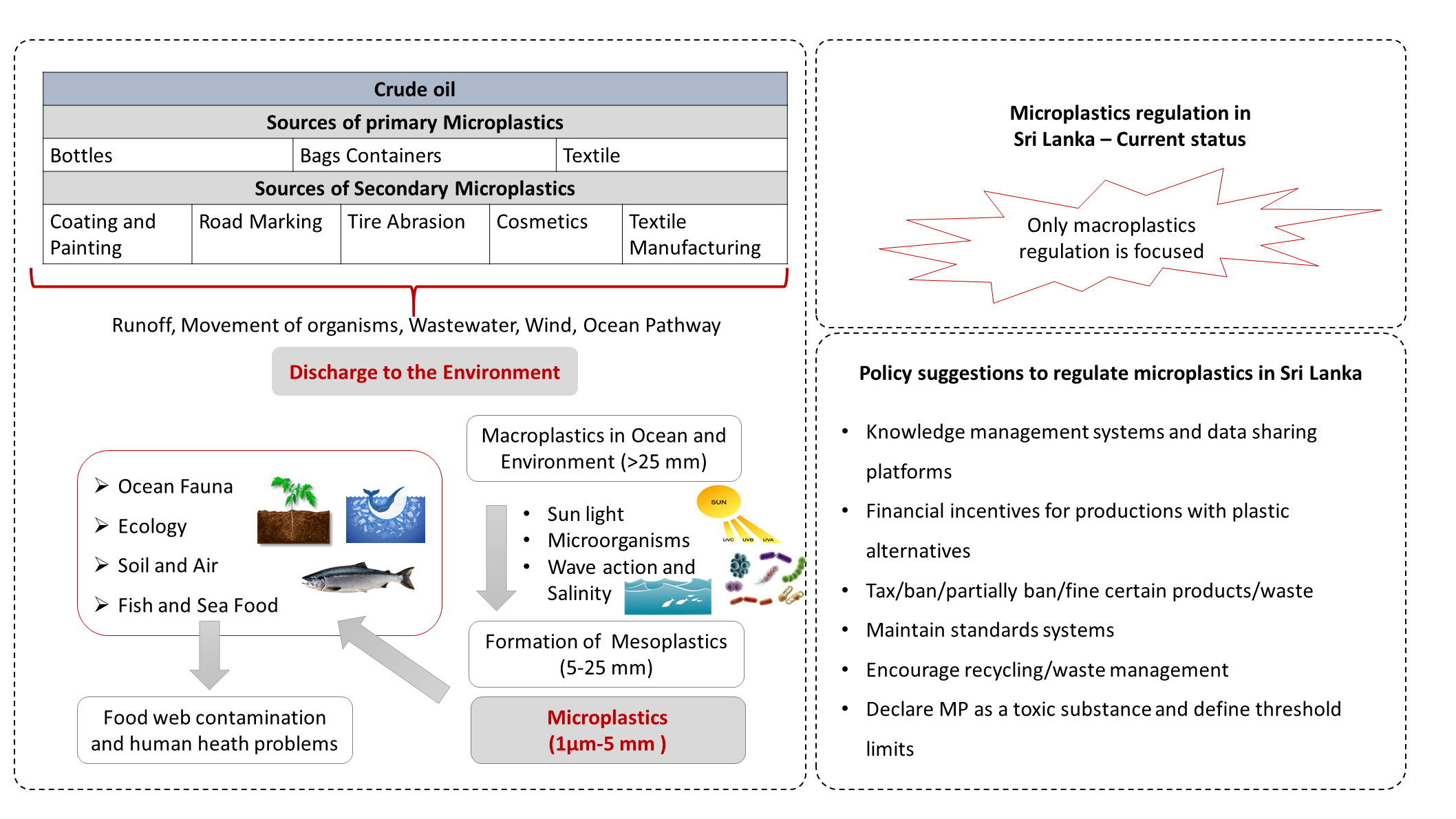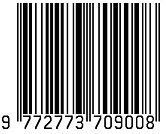Present Status of Microplastic Pollution Research Data in Sri Lanka and Microplastic Risk Mitigation Solutions; Lessons from a Global Policy Context
DOI:
https://doi.org/10.31357/ait.v3i2.7337Keywords:
emerging contaminant, microplastic, microplastic impact, mitigation, policyAbstract
The emergence of microplastics (MP) as a pollutant in natural environments including aquatics has been increasingly recognized worldwide. This review focuses on the status of MP pollution research in Sri Lanka, and MP risk mitigation solutions, as lessons from a global MP policy context. The methodology involves a comprehensive literature review divided into three main sections: 1) a simple understanding of the plastic cycle and risk factors,
2) a comprehensive review of MP pollution research trends in Sri Lanka, 3) a comprehension of global trends of MP regulation policies and adaptable solutions for national scale. There was less attention given to MP research in Sri Lanka, until the recent X-Press Pearl disastrous incident. In addition to that, we highlight the less attention paid to MP pollution in inland waters and lands compared to marine. Considering the widespread MP issue, the paper highlights the importance of a policy approach for MP pollution control. Finally, the paper discusses the future directions for MP pollution research in Sri Lanka and emphasizes the need for more detailed quantitative data for effective policy formulation. The overall study presents a sound case for understanding a national context in MP pollution and suggesting necessary policy instruments in pollution regulation.

Downloads
Published
How to Cite
Issue
Section
License
Copyright (c) 2024 M.M.J.G.C.N. Jayasiri, Pradeep Gajanayake, Sajani H. Kolambage, Dasuni T. Bandaranayaka, Anushi Wijethunga, Danushika C. Manatunga, Amila Abeynayaka

This work is licensed under a Creative Commons Attribution-NonCommercial-NoDerivatives 4.0 International License.
The Authors hold the copyright of their manuscripts, and all articles are circulated under the terms of the Creative Commons Attribution License, which permits unrestricted use, distribution, and reproduction in any medium, as long as that the original work is properly cited.
The use of general descriptive names, trade names, trademarks, and so forth in this publication, even if not specifically identified, does not imply that these names are not protected by the relevant laws and regulations. The authors are responsible for securing any permissions needed for the reuse of copyrighted materials included in the manuscript.




